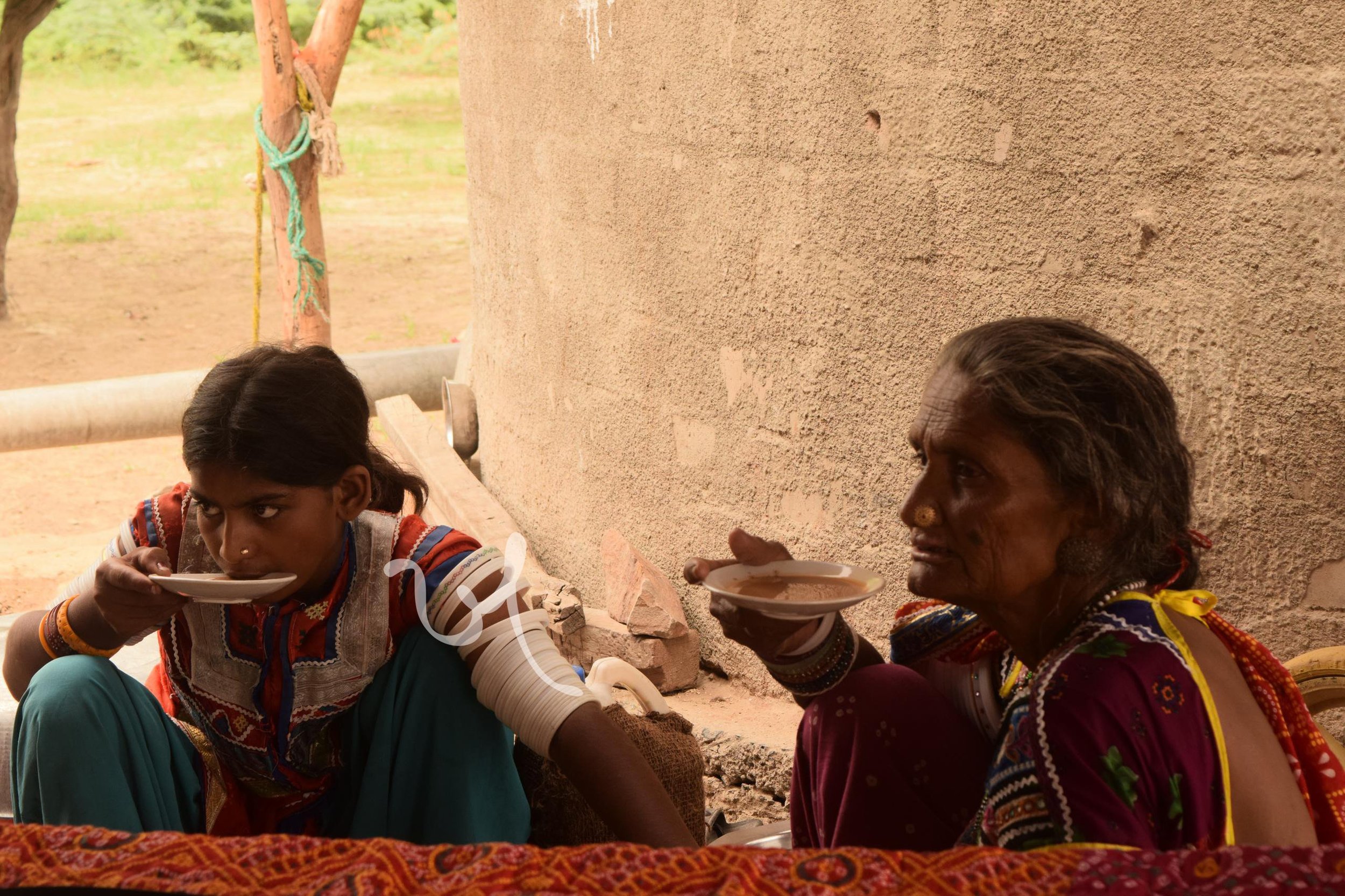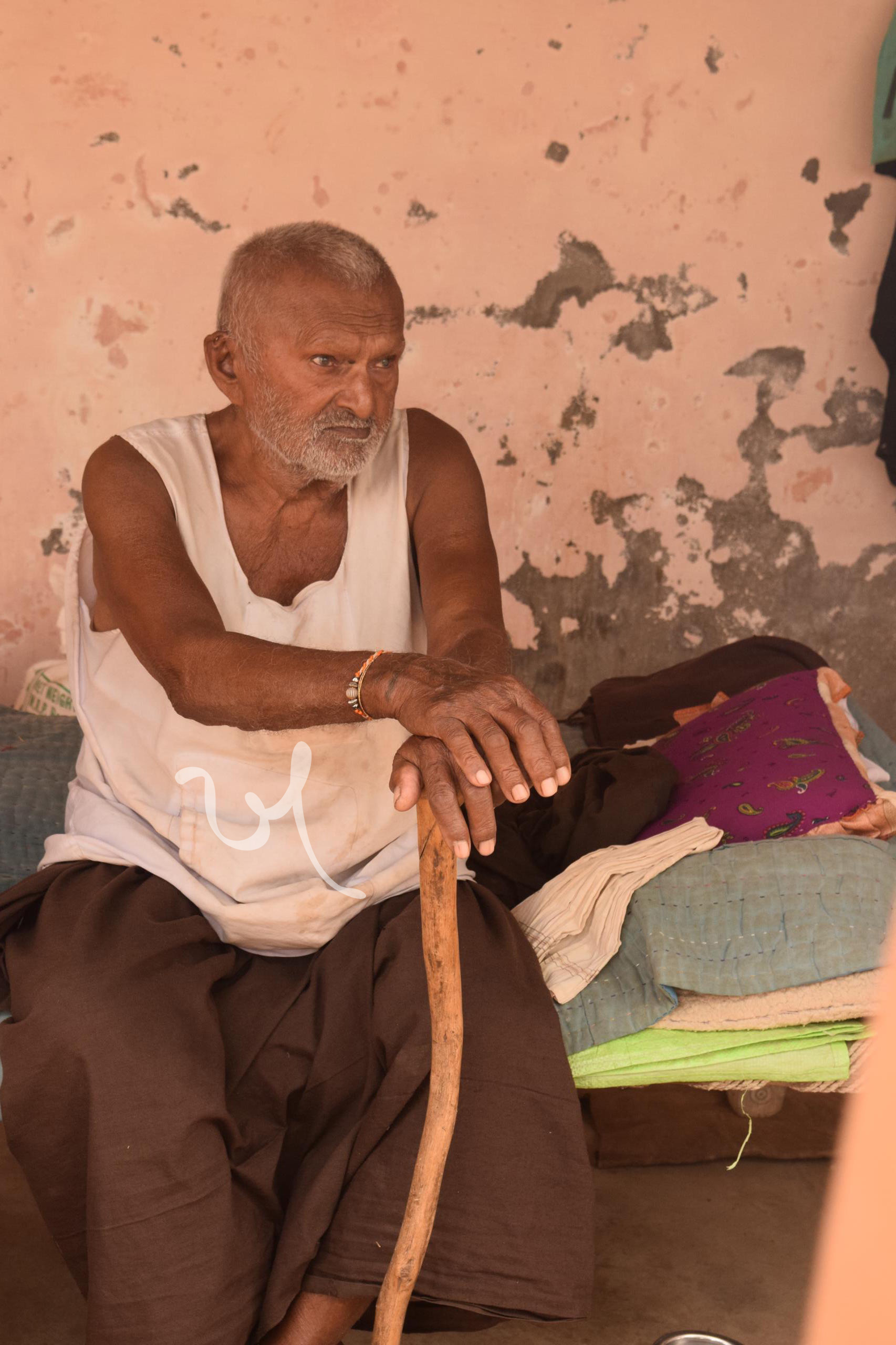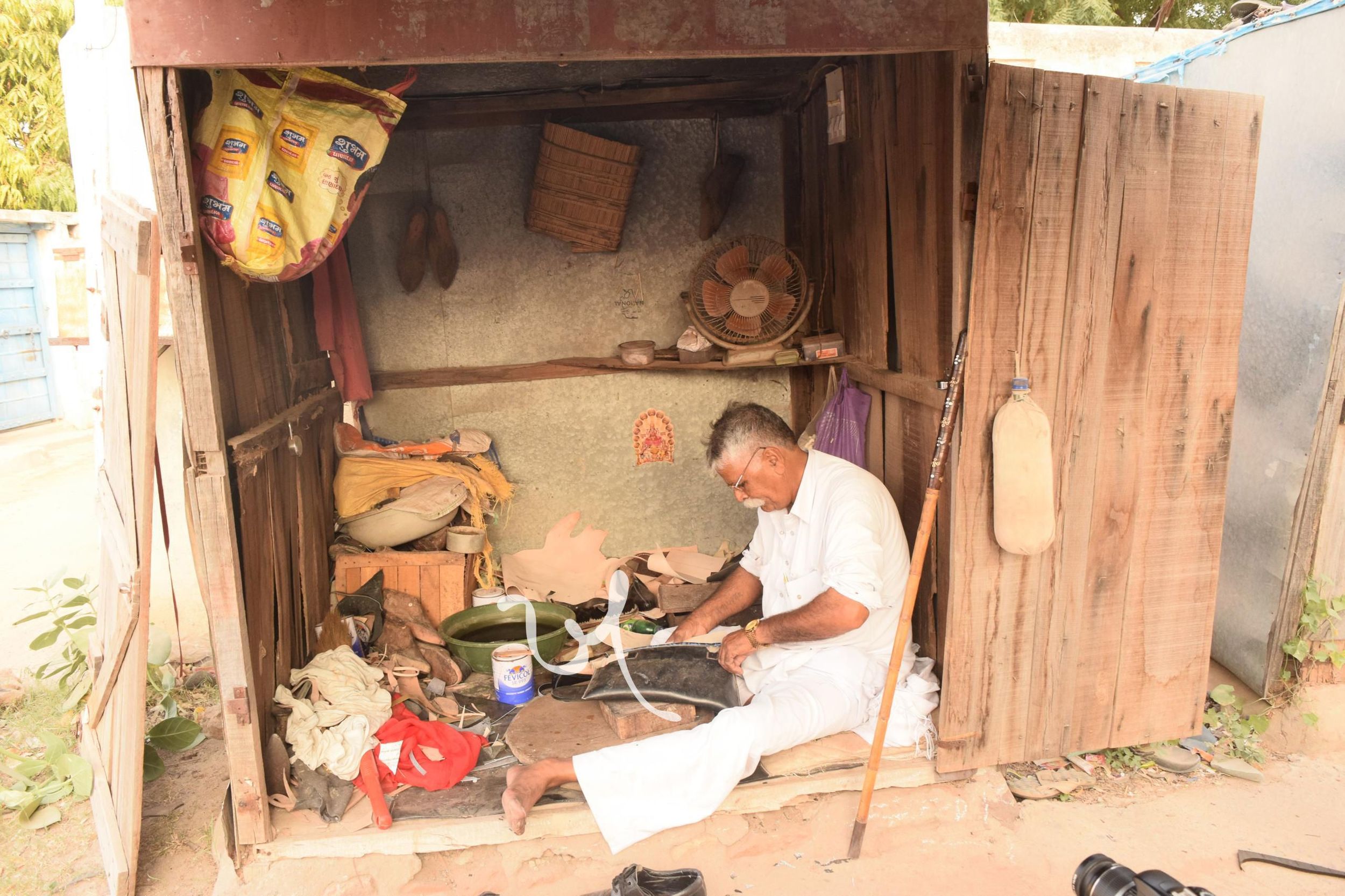Words from the artisans
My people were forced to live at the periphery of the village, prohibited from drinking water out of the common wells. And all the big people of the village, when they had to get their spoilt old shoes fixed, they tossed them from afar to the artisan. The artisan, eighty years old sometimes, held that shoe in his hands and stitched it back together perfectly for two rupees, but how they treated him, without any respect or value, a man who was old enough to be their father.







